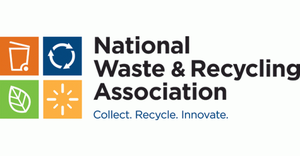A new international study of extended producer responsibility (EPR) has identified global best practices for packaging EPR.
The report on 11 international EPR programs can help industry and government work together to reduce the cost and complexity in existing programs and possibly serve as a guide for potential EPR programs in the United States, according to a news release. The study is the culmination of two years of research by the Boston-based Product Stewardship Institute (PSI) along with the PAC Next, the Toronto-based Canadian packaging association’s effort to help industry reduce packaging waste.
The study examines various EPR programs in Canada, Europe and Australia. The organizations concluded several attributes together can make for a high-performing EPR program, including covering all material types; covering residential, public, industrial, commercial and institutional sources; high collection and recycling rates; low cost per ton; convenience; and producers taking full responsibility for post-consumer packaging management.
"These programs are extremely instructive to those of us in the U.S. seeking ways to significantly boost recycling rates,” said Scott Cassel, PSI CEO.
The organizations through the study also identified policies that are complementary to EPR, including pay-as-you-throw (PAYT) programs; mandatory recycling requirements; landfill bans for recyclable materials; and container deposit programs.
About the Author(s)
You May Also Like


